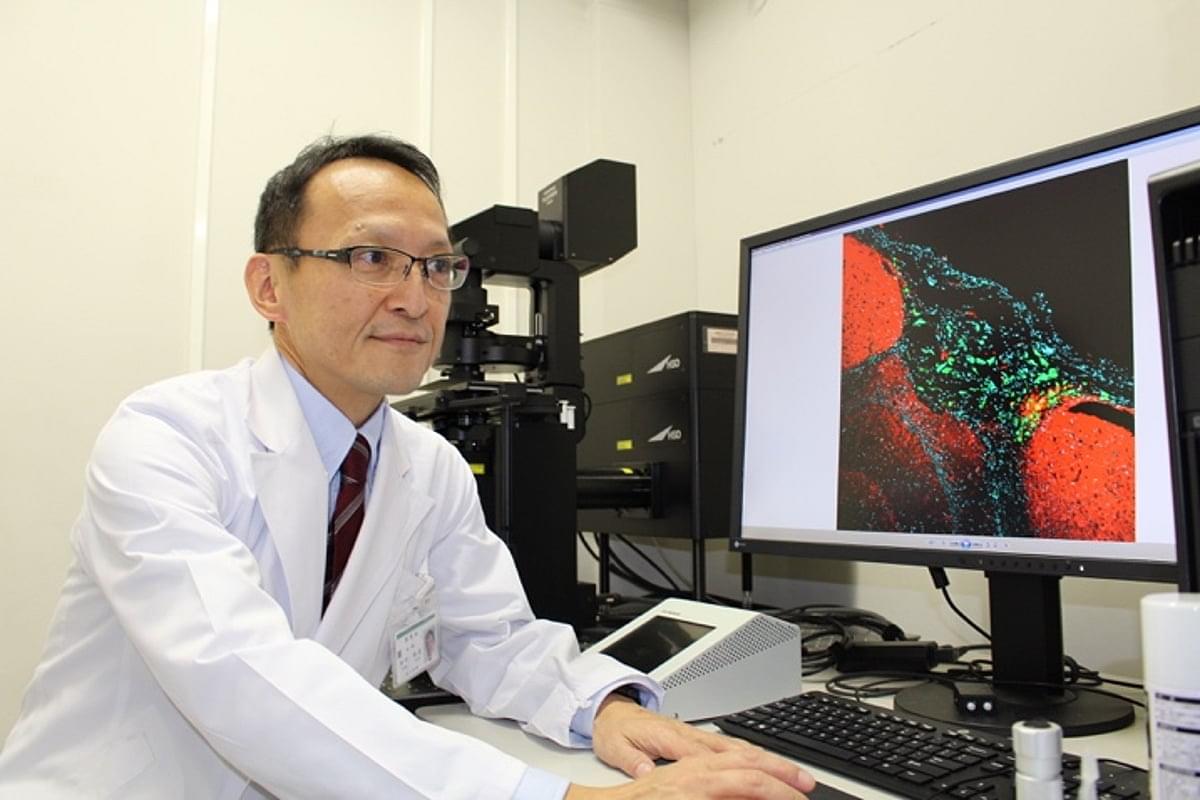A new class of magnetism called altermagnetism has been imaged for the first time in a new study. The findings could lead to the development of new magnetic memory devices with the potential to increase operation speeds of up to a thousand times.







In the realm of general relativity, black holes are well-known for their ability to trap light and matter by bending spacetime, creating a point of no return. While black holes have fascinated scientists and the public alike, another concept, the white hole, has remained more theoretical. A white hole is thought to be the reverse of a black hole, expelling light and matter rather than absorbing them. Now, a team of researchers has designed a novel optical device with intriguing similarities with both these elusive cosmic phenomena.
The device, reported in Advanced Photonics, functions as an optical black hole or optical white hole, and rests on a principle known as “coherent perfect absorption” of light waves. Dependent on polarization, this optical device can either absorb or reject light almost entirely, analogous to the behavior of a gravitational black or white hole in space.
The device works by forming a standing wave from incident light waves, where interactions with an ultrathin absorber lead to perfect absorption or transmission, based on the polarization of the light. In simple terms, it behaves like a cosmic object that either swallows or repels light.

In this episode of Bloomberg Primer, we explore the world of biocomputing–where scientists are laying the foundation for a field that may blur the lines between the biological and synthetic.
Bloomberg Primer cuts through the complex jargon to reveal the business behind technologies poised to transform global markets. This six-part, planet-spanning series offers a comprehensive look at the \.
CERN scientists have detected top quark pairs in lead-lead collisions for the first time, confirming their presence in the early universe’s quark-gluon plasma. This groundbreaking discovery unlocks new insights into how matter formed just microseconds after the Big Bang. Join us as we explore the science, history, and future implications of this monumental finding.
Paper link : https://arxiv.org/pdf/2411.10186
paper link : https://arxiv.org/pdf/0810.5529
paper link : https://arxiv.org/pdf/2005.
Visit our website for up-to-the-minute updates:
www.nasaspacenews.com.
Follow us.
Facebook: https://www.facebook.com/nasaspacenews.
Twitter: https://twitter.com/SpacenewsNasa.
Join this channel to get access to these perks:
https://www.youtube.com/channel/UCEuhsgmcQRbtfiz8KMfYwIQ/join.
#NSN #NASA #Astronomy#TopQuark.
